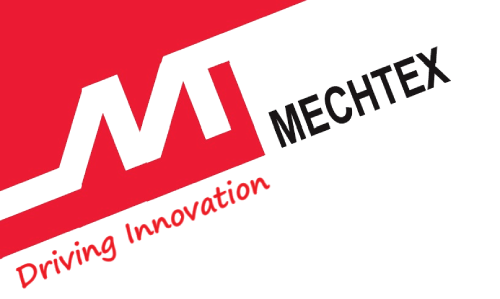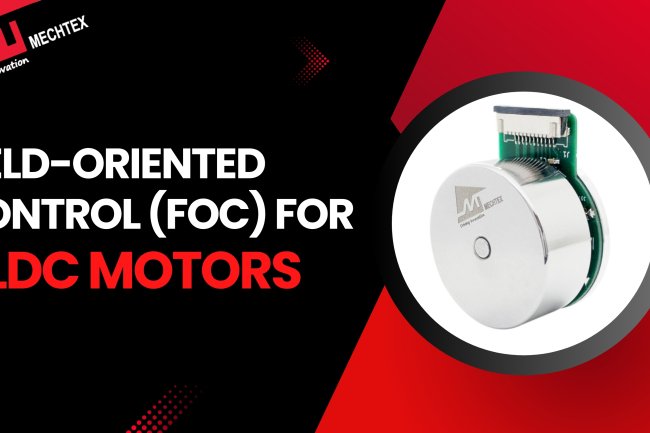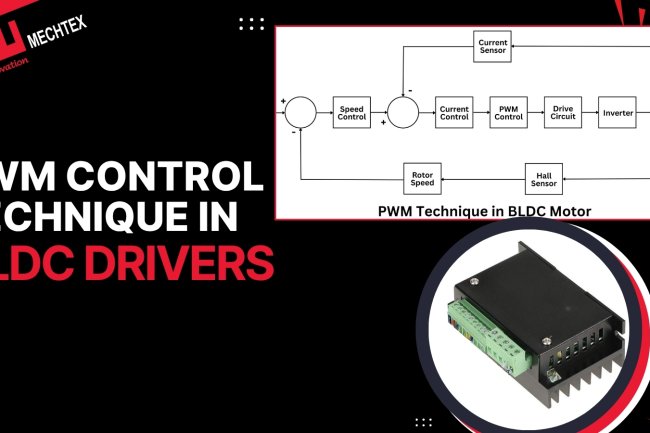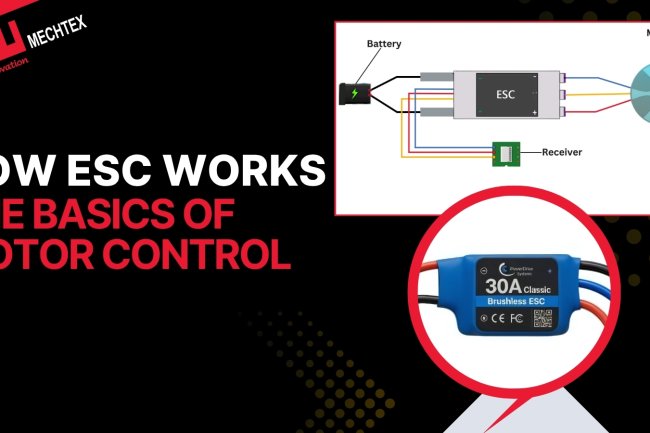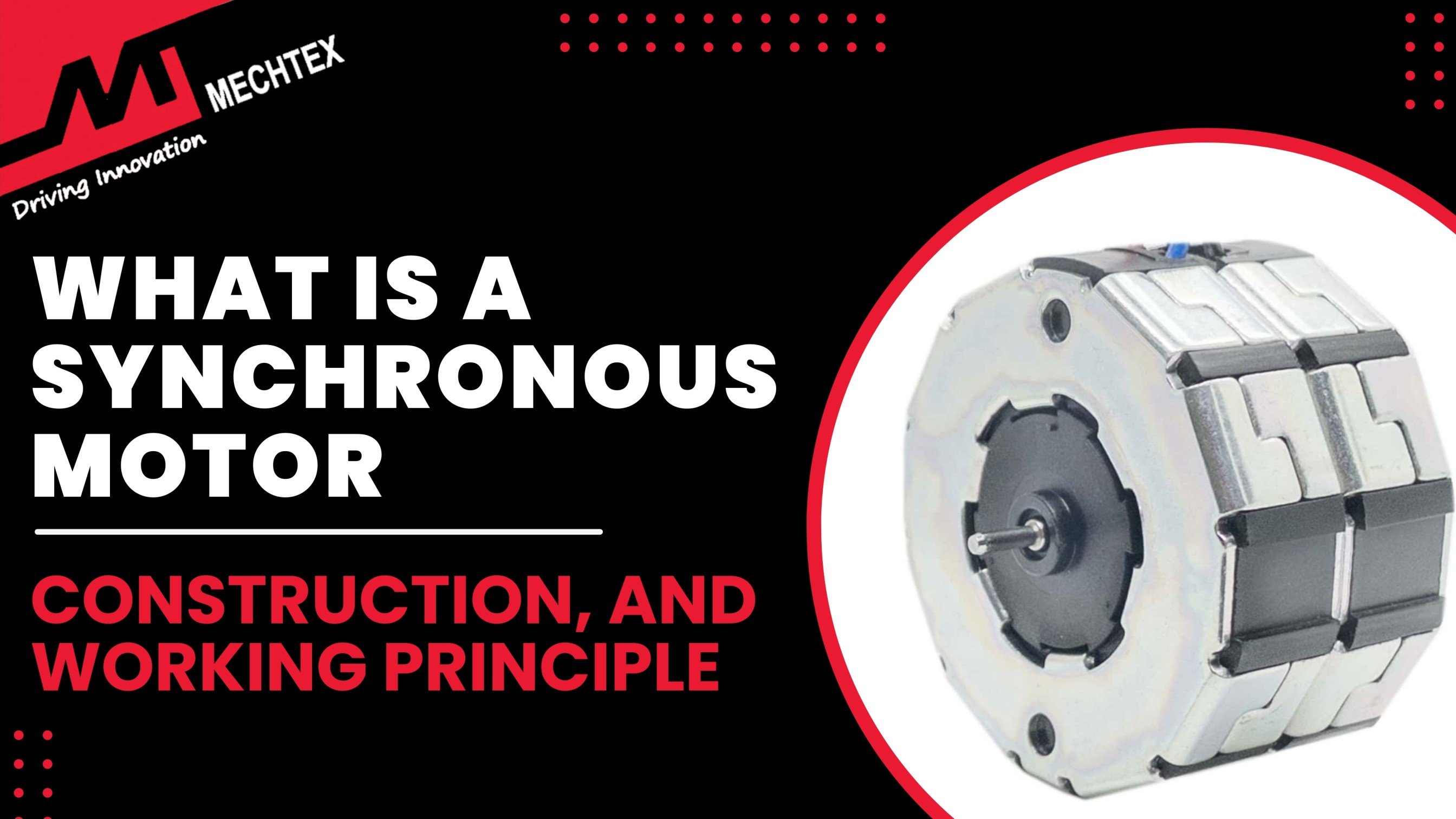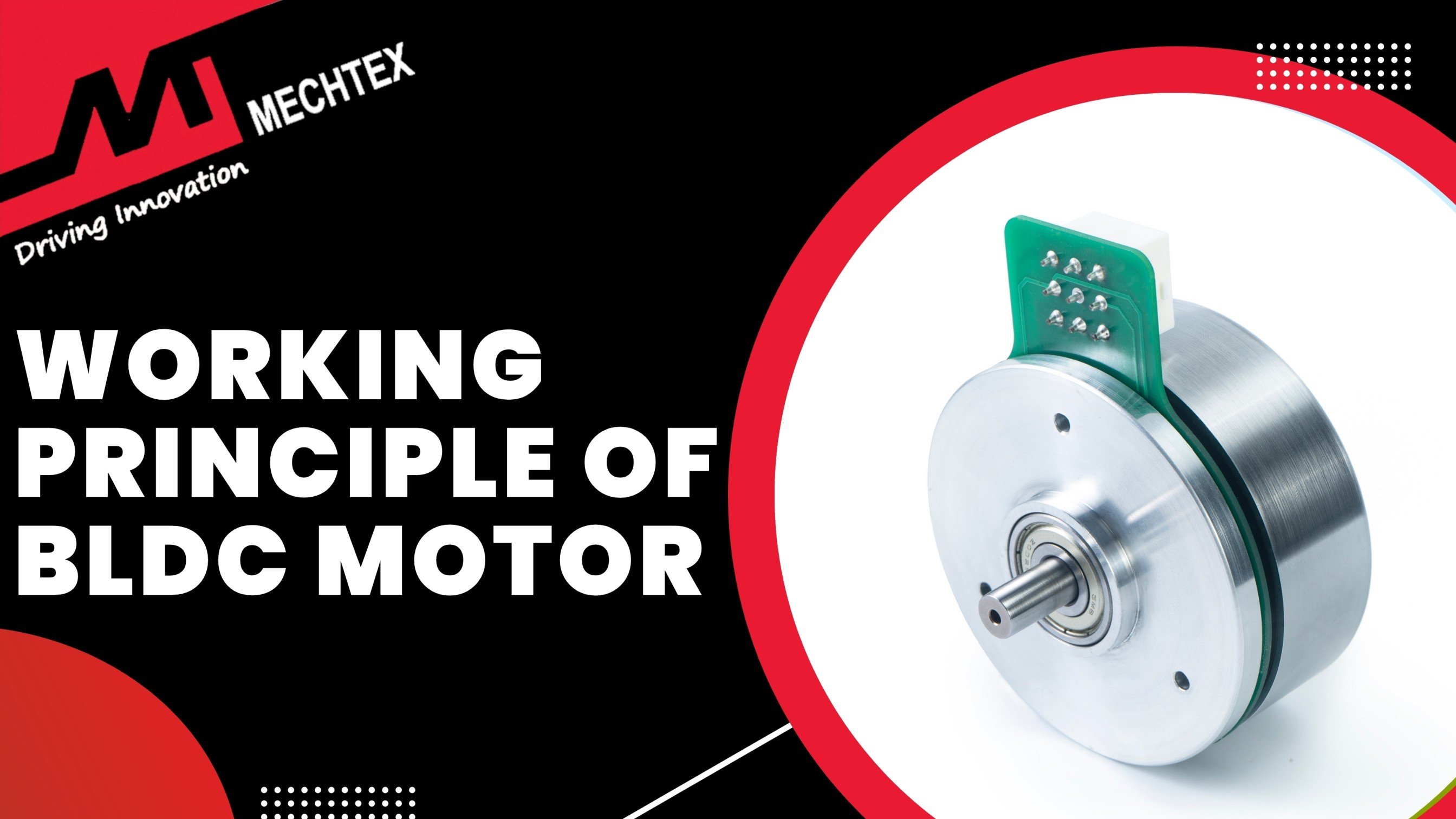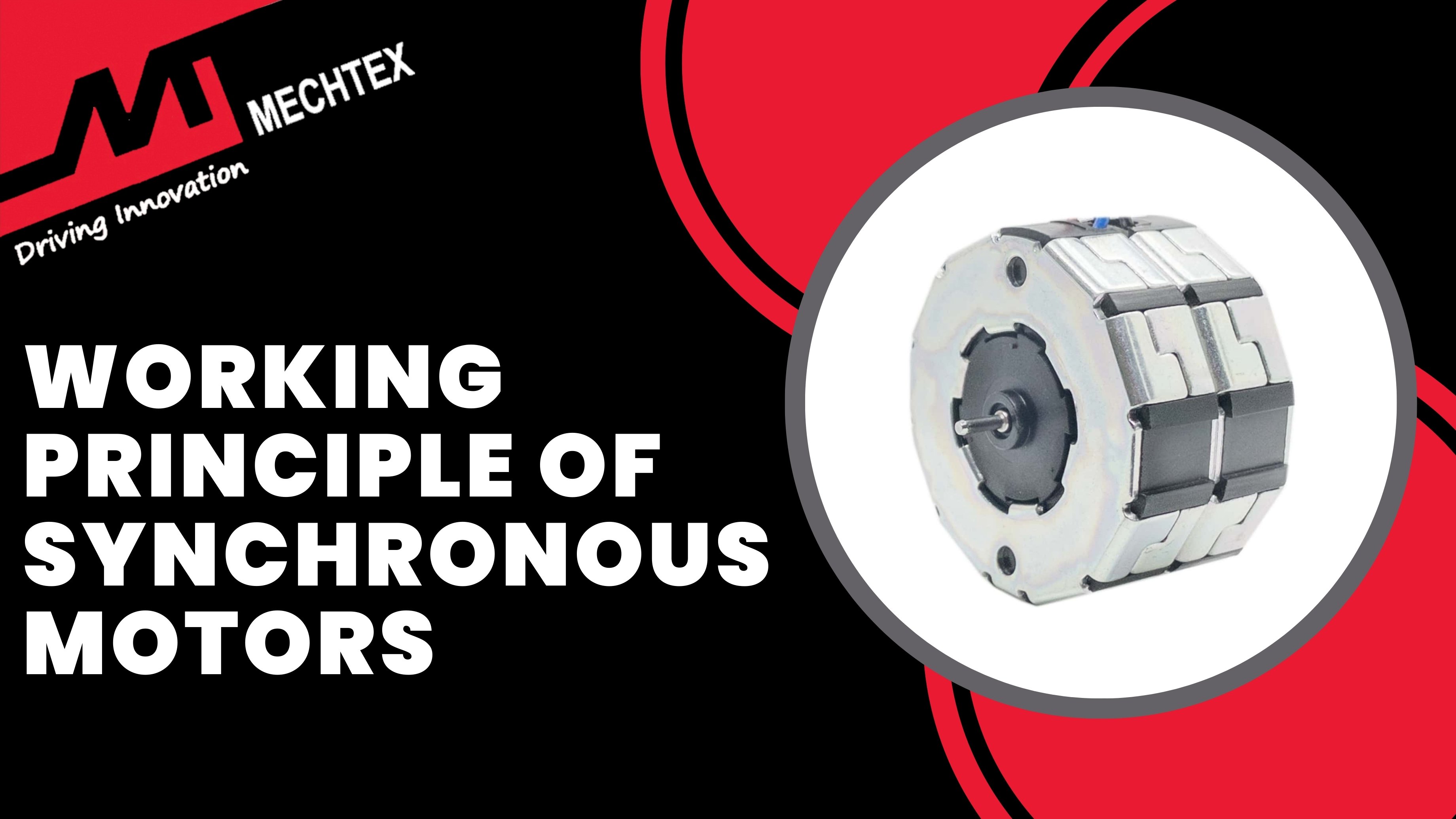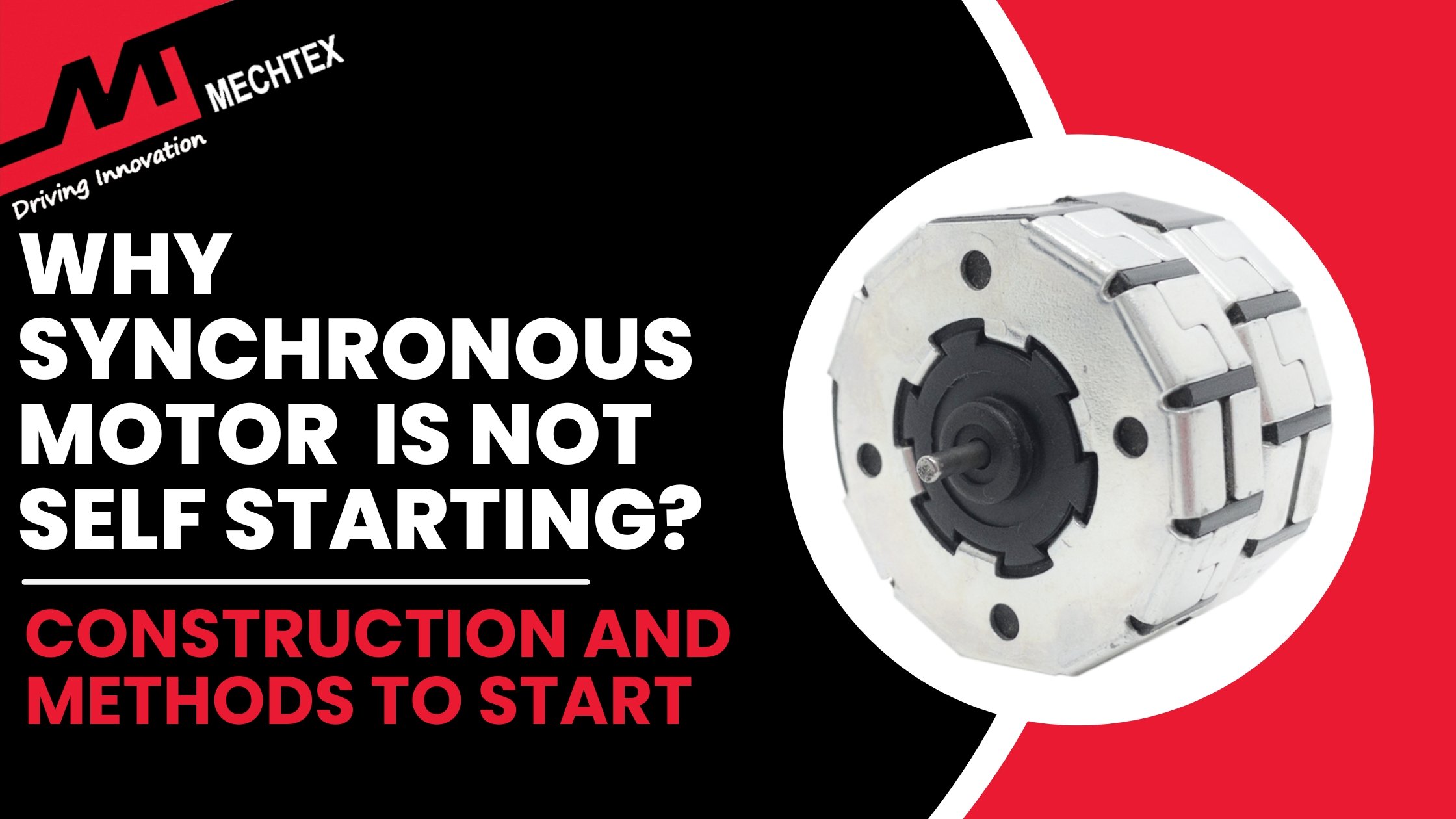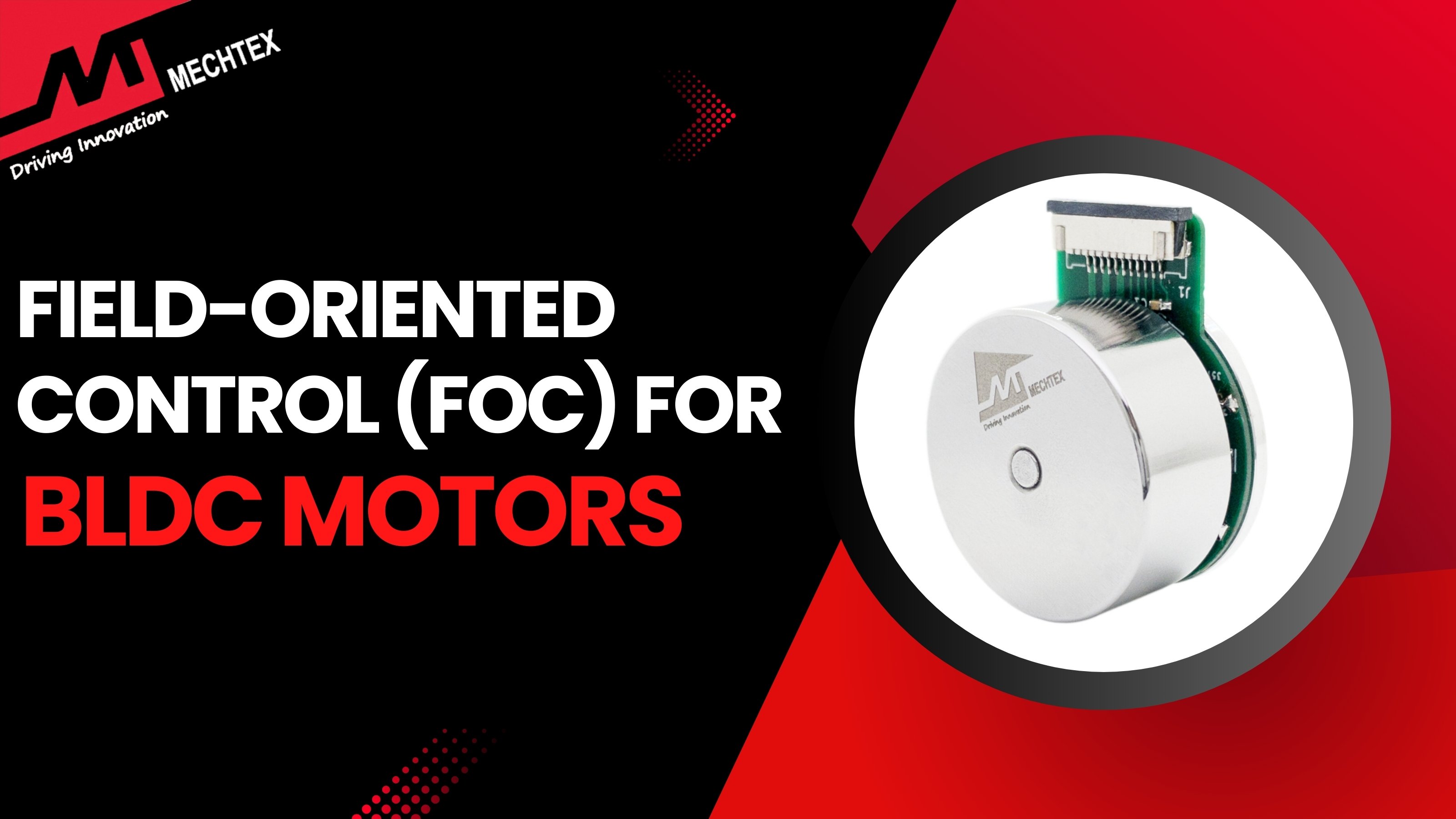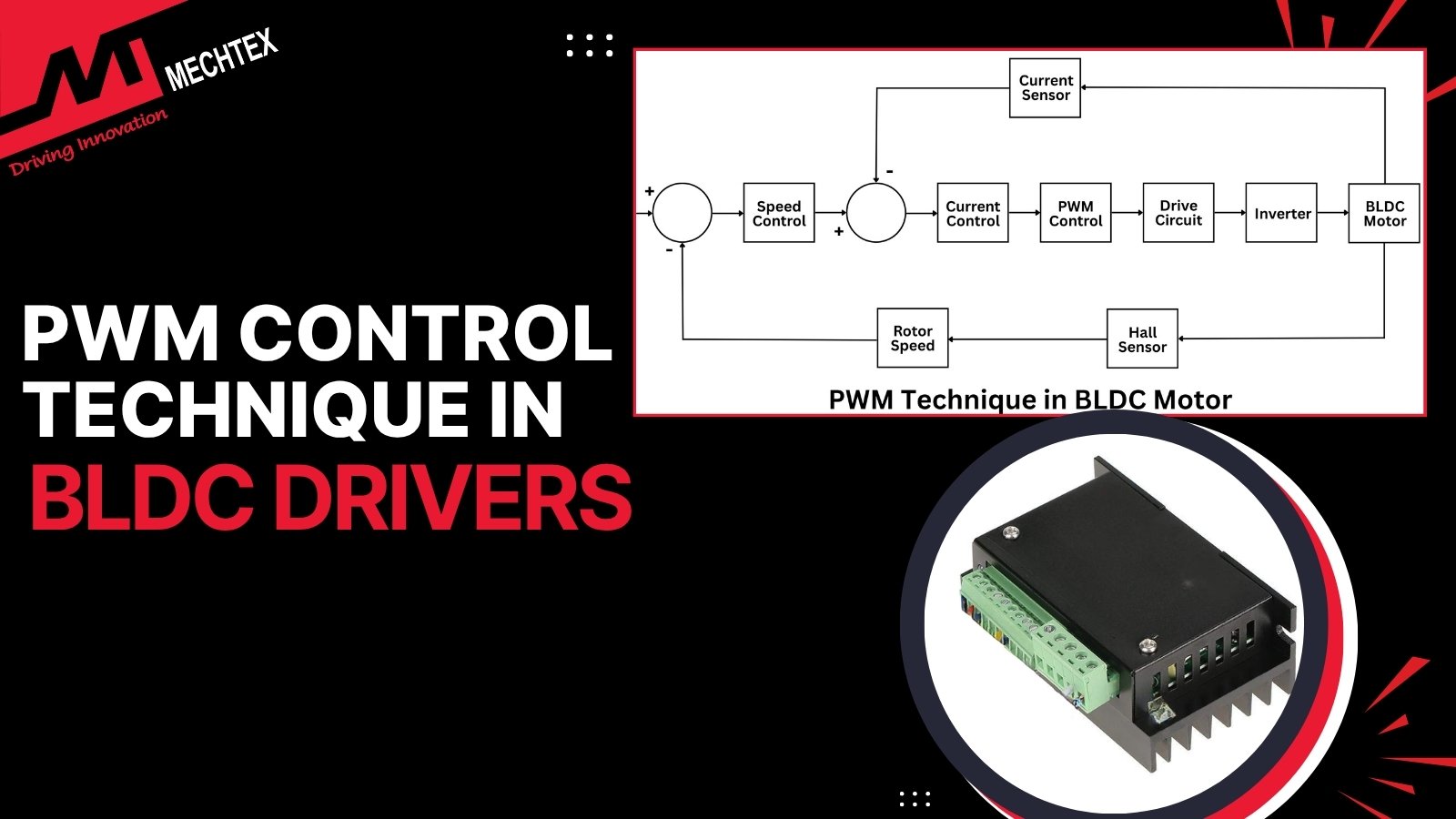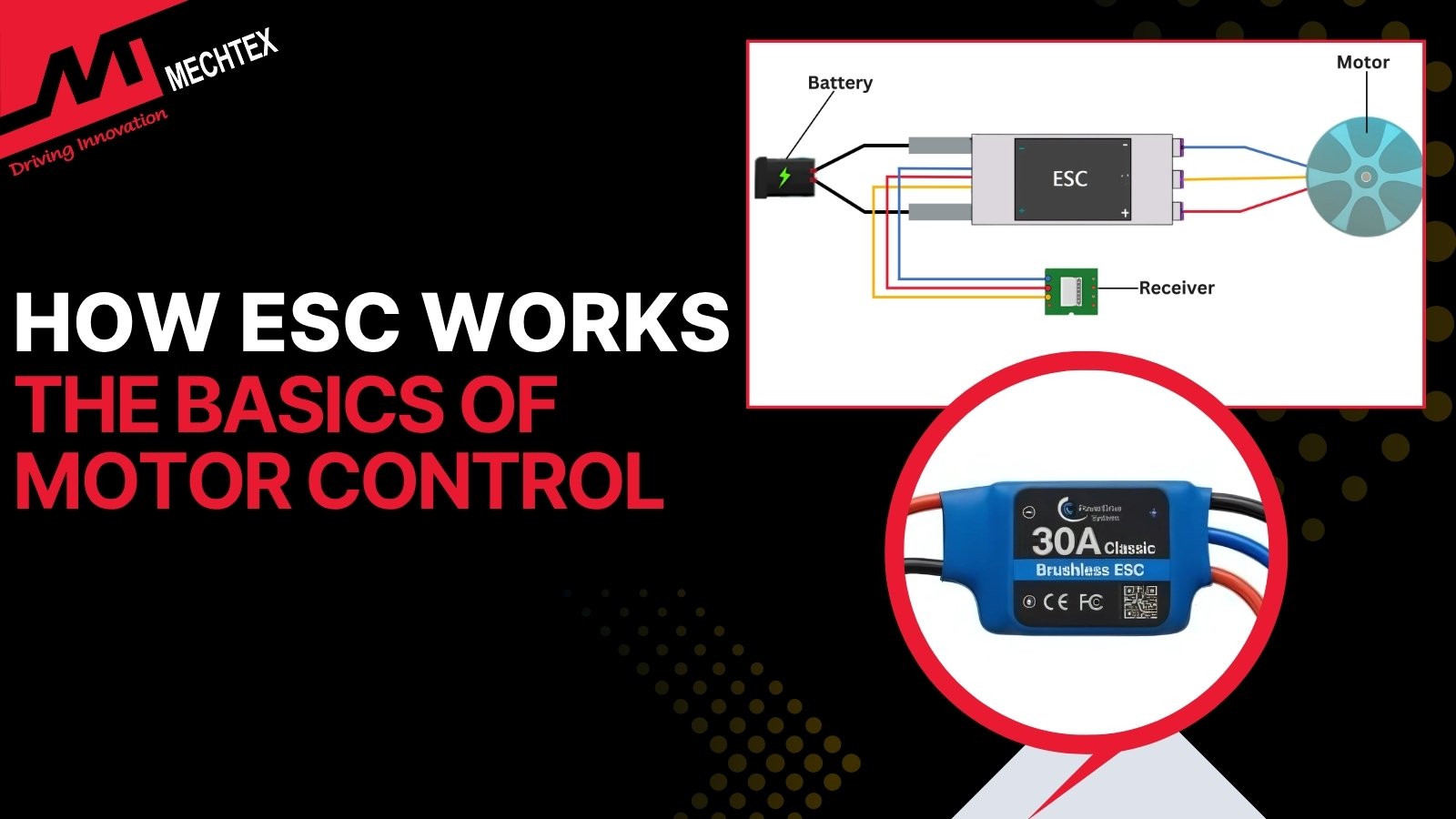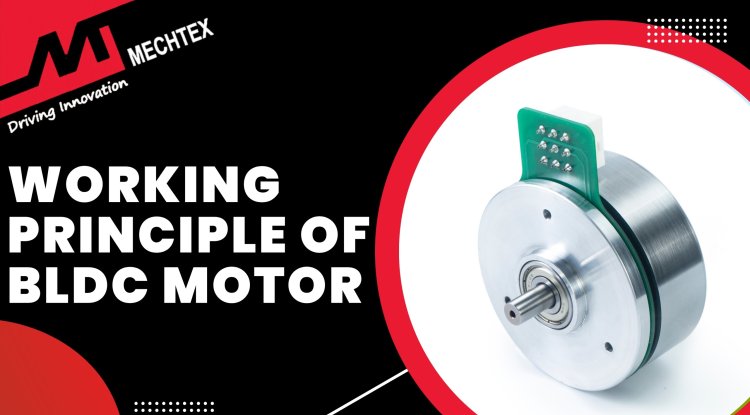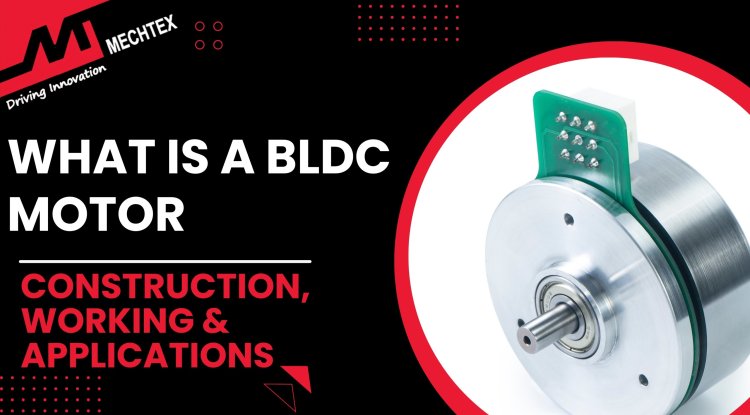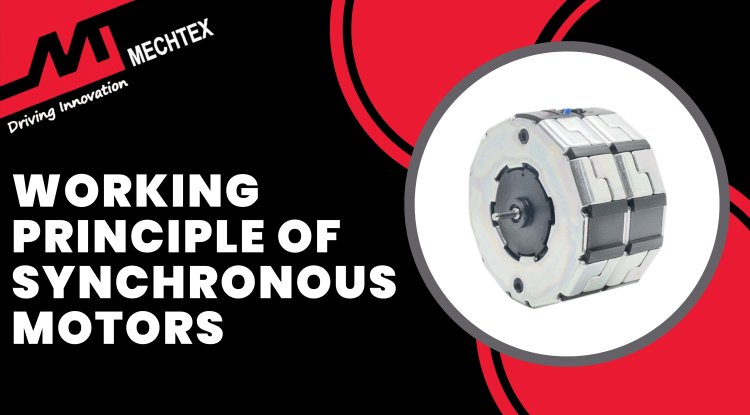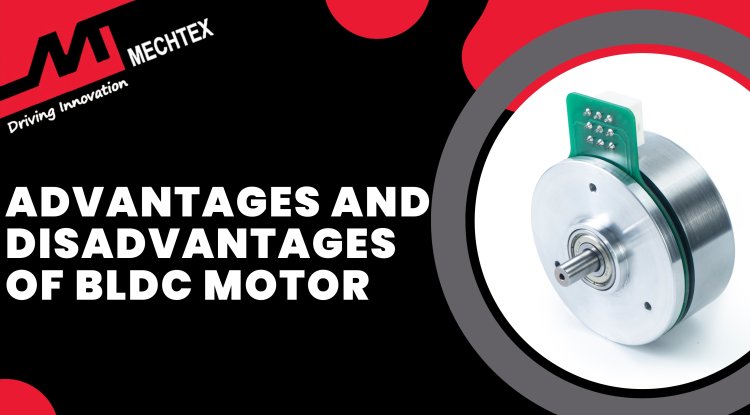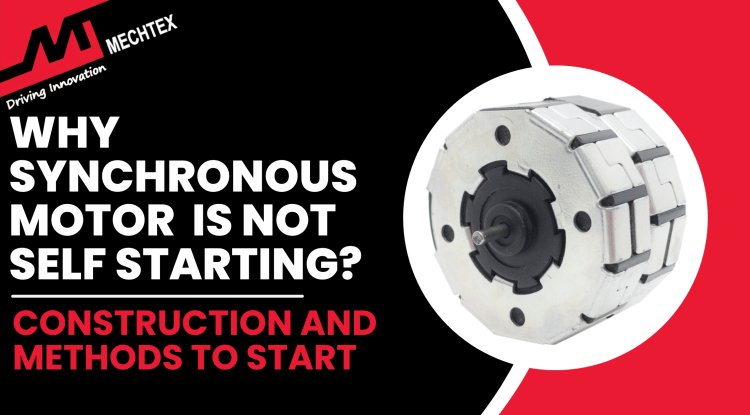Key Components of an ESC: A Complete Breakdown
The ESC is built with a combination of hardware and software components. Hardware components manage the power supply, signal generation and protection against faults. While software components manage algorithms for precise control and efficiency. All components enable ESC to provide stable performance with maximum efficiency.

Electronic speed controllers (ESCs) are the real heroes behind smooth control in drones, robotics, and electric vehicles (EVs). ESCs function as a bridge between the battery and the brushless motor, which precisely regulates the speed, torque and direction.
Most people use ESCs for simple control, while their complexity lies in the integration of both hardware and software components. These components work in harmony to deliver effective performance with proper control.
In this blog, we will break down the hardware and software components of ESC and learn how each part works for motor control and system stability.
What is an ESC?
An Electronic Speed Controller is an essential component used in electric motors to drive the system smoothly, particularly in applications like drones, EVs, and robotics. Its primary function is to regulate the speed, direction, and torque of the motor.
ESCs are most commonly used in brushless DC motors (BLDC) and brushed DC motors. In BLDC motors, the ESC works by switching the direction of current in the motor windings with a proper sequence and timing based on rotor position.
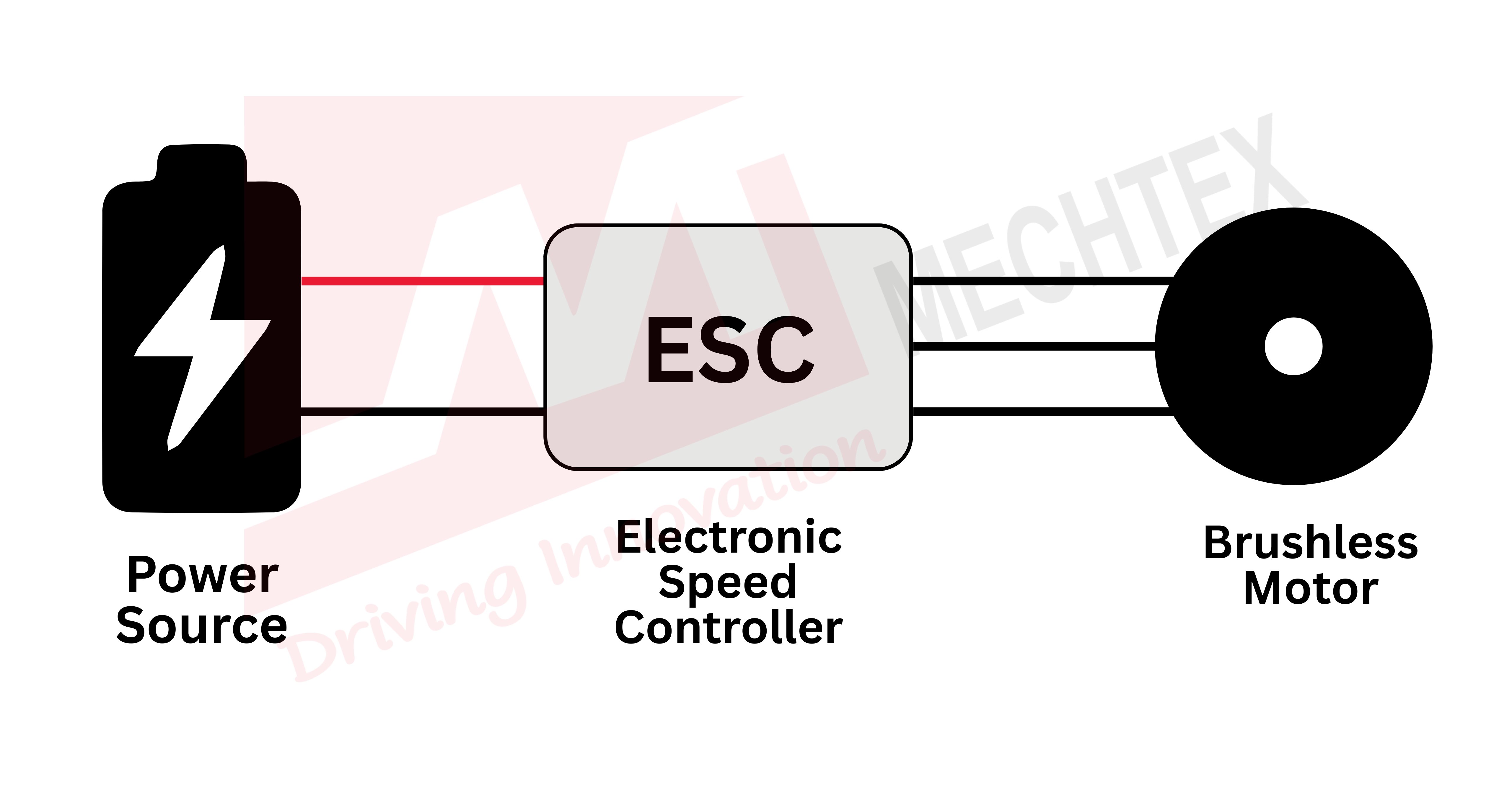
The ESC converts the direct current from the battery and transfers it to the motor windings. For a BLDC motor, the ESC produces three-phase alternating current using pulse width modulation (PWM). This technique allows the BLDC motors to operate at varying speeds while maintaining efficiency.
Modern ESCs include microcontrollers and firmware, which enable advanced features such as regenerative braking, current limiting, and thermal protection to enhance the safety and better control
Also Read
A Comprehensive Guide to Electronic Speed Controllers (ESC)
Components of an ESC
An electronic speed controller (ESC) is a device which creates a connection between the power supply, motor and its control system. It ensures smooth and efficient operation with effective performance.
The ESC is built with a combination of hardware and software components. Hardware components manage the power supply, signal generation and protection against faults. While software components manage algorithms for precise control and efficiency.
Altogether, enables ESC to provide stable performance with maximum efficiency to various applications. Here is the list of hardware and software components of an ESC:
Hardware Component of ESC
The hardware components of the ESC form the foundation of its operation. They manage power delivery, signal conversion, and protection to enable smooth communication with the motor and controllers. The following are some major hardware components of ESC:
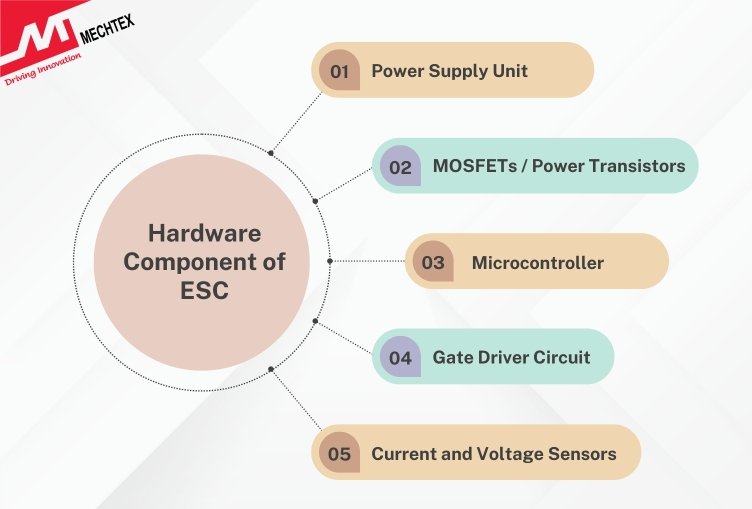
- Power Supply Unit
The ESC is powered directly by the battery, which ranges from low-voltage LiPo cells to high-voltage systems.
To ensure reliable operation, a voltage regulator is used to step down and provide a steady low-voltage DC supply for microcontrollers.
Additionally, the capacitors are placed at the input stage to smooth the sudden voltage spike and minimise electromagnetic interference (EMF). It protects both the controller and the electric motor from noise and vibrations.
This arrangement ensures that the ESC can deliver stable and uninterrupted power for smooth motion.
- Microcontroller
The microcontroller serves as the brain of an ESC. It executes the software algorithms that manage communication, speed regulation, and thermal protection.
It commonly uses microcontrollers such as ARM Cortex-M series, dsPIC, or STM32 due to their high processing speed and real-time control capabilities.
These microcontrollers consist of a PWM technique for precise signals, ADC input for monitoring current and voltage, and multiple communication protocols to handle telemetry, diagnose, and program efficiently.
Its key function is to ensure efficient operation, protect the motor and devices against faults, and enable seamless communication.
- MOSFETs / Power Transistors
The power stage of an ESC is made by using MOSFETs for low to medium-sized power systems and IGBTs for high power systems.
Both serve as an electronic switch to regulate current flow into motor windings in proper sequence.
In ESC, there is a three-phase inverter bridge made up of six MOSFETs with two transistors dedicated to each motor phase.
To ensure high efficiency and low resistance, MOSFETs are used as they minimise conduction loss and heat generation.
- Gate Driver Circuit
The gate driver circuit is an important link between microcontrollers and MOSFETs in an ESC.
While a microcontroller generates low-voltage control signals, MOSFETs require higher voltages and rapid transitions to switch current effectively.
The gate driver amplifies these signals to the necessary levels and ensures fast and precise switching.
It provides both high and low side drive capability for each motor phase to enable proper communication.
- Current and Voltage Sensors
ESCs rely on feedback for safe and precise motor control. Current sensors, such as Hall effect sensors, are used to monitor current to prevent overcurrent.
Voltage sensors, such as dividers, are used to track battery voltage and back-EMF for speed regulation and protection.
Software Components of an ESC
Hardware components alone cannot control complex motor dynamics. The real intelligence of an ESC lies in its software algorithms. Some key software components are:
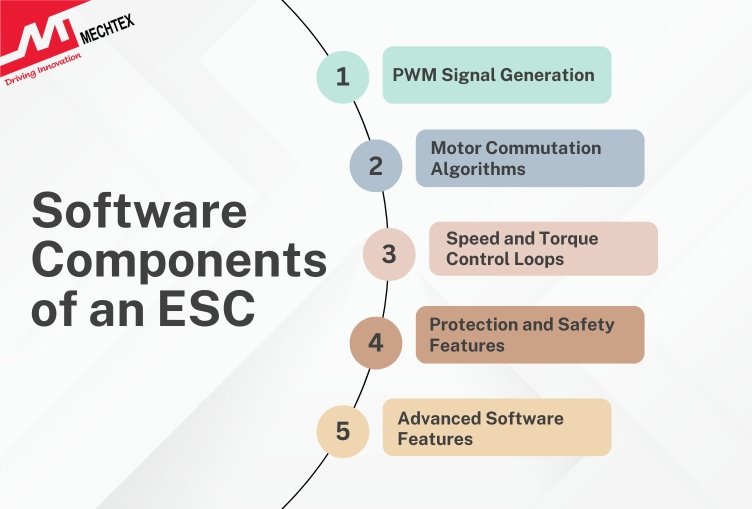
- PWM Signal Generation
Pulse Width Modulation (PWM) is the core technique used in ESCs to control speed, torque and other dynamics of the motor. The microcontroller (MCU) generates a duty cycle, which defines how much voltage is applied to the motor phase.
A higher duty cycle means higher voltage and higher speed, while a lower duty cycle means lower voltage and lower speed.
Advanced ESCs often employ Space Vector PWM (SVPWM), which enhances efficiency and ensures smooth torque output.
- Motor Commutation Algorithms
ESC software is responsible for switching the current into the appropriate motor winding in synchronisation with the rotor position.
There are two types of commutation methods: Sensor-based commutation and sensorless commutation.
Sensor-based commutation employs Hall sensors and encoders to get rotor position feedback, while sensorless commutation uses back-EMF or advanced techniques such as Kalman or Sliding-Mode observers to detect rotor position.
Control algorithms may vary and deliver high efficiency, precision for efficient and reliable motion.
- Speed and Torque Control Loops
ESC use a closed-loop control method to regulate motor speed and torque with precision.
Feedback signals are compared against the reference value and adjust the PWM signal accordingly.
In advanced ESCs, Field-Oriented Control (FOC) decouples torque and flux to enable highly accurate and efficient control.
- Protection and Safety Features
ESC software consists of fault-handling protocols to safeguard the motor, battery and controller during operation.
Protection includes overcurrent and short circuit protection to prevent component damage, while the overheating shutdown protects MOSFETs and circuitry from thermal failure, and soft starts minimise mechanical stress during operation. In certain applications, regenerative braking is also used to recover energy.
- Advanced Software Features
Advanced ESC software goes beyond basic motor control and enables smart and adaptable performance.
Techniques like adaptive timing control optimise efficiency at different speed ranges, while sensor fusion algorithms combine data from multiple sources to improve rotor position estimation.
These advanced software enhance efficiency, adaptability and future-proofing ESC technology.
Conclusion
An ESC is far more than a power-switching device. It is a sophisticated combination of hardware components (MOSFETs, gate drivers, sensors, processors, protection circuits) and software algorithms (commutation, PWM control, sensorless estimation, fault handling). Together, they provide reliable, efficient, and precise motor control across industries.
Understanding the key components of an ESC gives insights into why these devices are indispensable in drones, EVs, robotics, and automation. As motor control technology advances, future ESCs will feature even more intelligent algorithms, higher efficiency power devices, and smarter communication systems—pushing the boundaries of performance.
